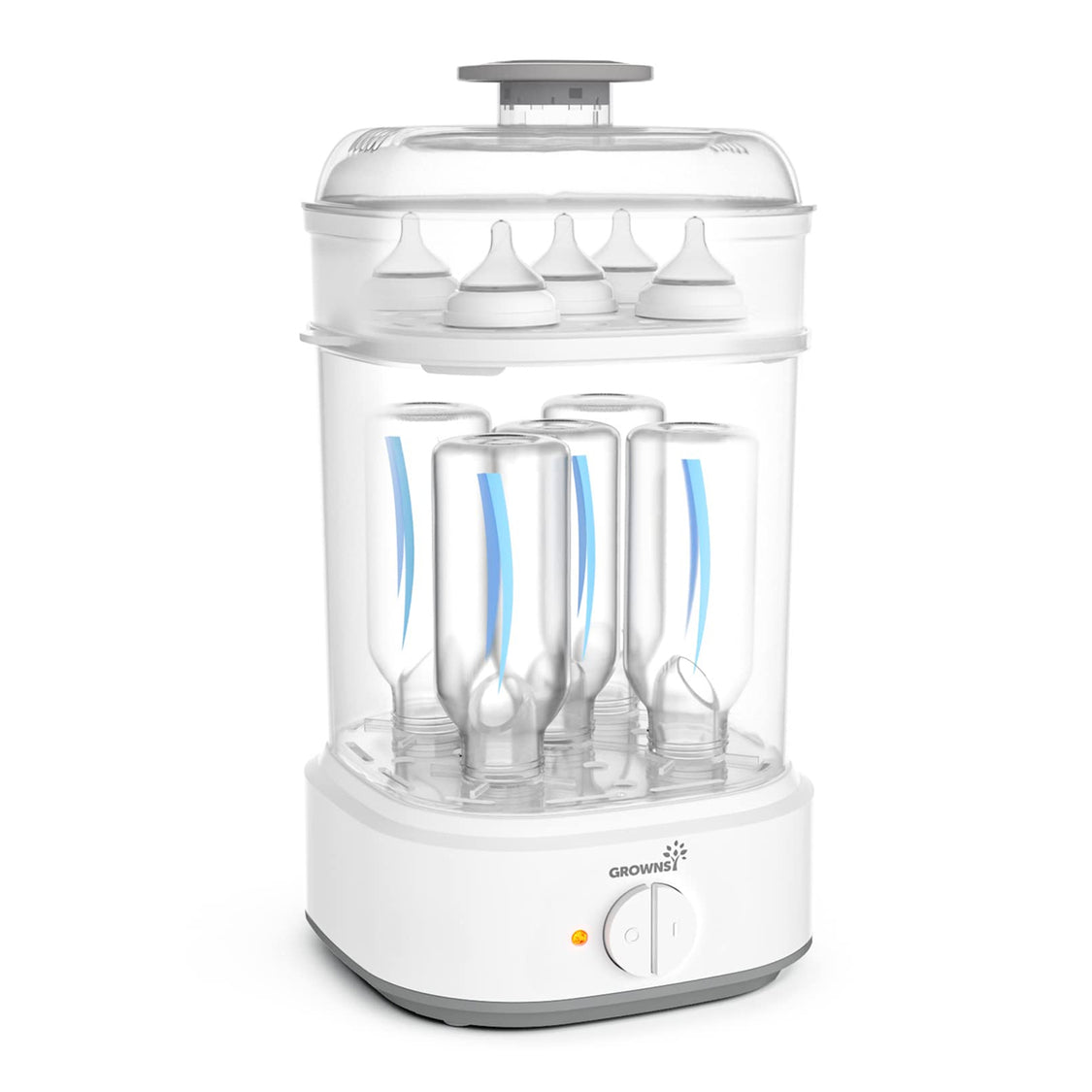Unlock the Secrets to Perfectly Sterilized Baby Bottles for Your Little One's Safety!
As a new parent, ensuring the health and safety of your baby is your utmost priority. One crucial aspect of this responsibility is the sterilization of baby bottles. With the threat of bacteria and germs lurking in our environment, many parents are understandably concerned about the cleanliness of feeding equipment. The thought of harmful microorganisms affecting a tiny, developing immune system can be daunting. This article aims to provide you with clear guidelines and best practices for sterilizing baby bottles, helping you create a safe feeding experience for your little one.

Understanding the Need for Sterilization
The importance of sterilizing baby bottles cannot be overstated, especially for newborns and infants. Their immune systems are still developing, making them more susceptible to infections and illnesses. When babies consume milk or formula from contaminated bottles, they can inadvertently ingest harmful bacteria such as E. coli or Salmonella. These germs can lead to serious health issues, including gastrointestinal infections, which can be particularly dangerous for infants. My friend Sarah often shares her experience of how her pediatrician emphasized the need for sterilization in the early months. It was a simple yet vital practice that gave her peace of mind during those critical stages of her baby’s development.
How Often Should You Sterilize Baby Bottles?
The frequency of sterilization largely depends on your baby's age, how often the bottles are used, and the environment. For newborns, it is generally recommended to sterilize bottles after each use until they are at least three months old. As your baby grows and their immune system strengthens, you can reduce the frequency. For instance, many parents find that sterilizing once a day is sufficient for babies older than three months. However, if your baby is sick or if the bottles have been used in a particularly germ-prone environment, it’s advisable to sterilize again to ensure safety. Remember, establishing a routine that fits your lifestyle will help maintain these practices with ease.
Methods of Sterilization
There are several effective methods for sterilizing baby bottles, each with its pros and cons. Boiling is one of the simplest methods—just immerse the bottles in boiling water for about five to ten minutes. While this method is effective, it can be time-consuming and may wear out the bottles over time. Steam sterilization is another popular option, using either a dedicated steam sterilizer or a microwave. This method is efficient and quick, making it a favorite among busy parents. Lastly, chemical sterilization involves using sterilizing solutions or tablets. This method is convenient, especially for travel, but it requires careful rinsing to ensure no chemical residue remains. Understanding these methods can help you choose the one that best fits your lifestyle and comfort level.
Best Practices for Sterilizing Baby Bottles
To maximize the effectiveness of sterilization, follow these best practices. First, always pre-wash bottles with warm, soapy water before sterilization to remove any milk residue. After sterilizing, allow the bottles to air dry completely; moisture can foster bacteria growth. Additionally, store sterilized bottles in a clean, dry place, ideally covered to prevent contamination. It’s also important to avoid common mistakes, such as reusing sterilization water or overcrowding the sterilizer, as these can compromise the process. My friend Emily learned this the hard way when she accidentally used the same water multiple times, leading to some scary moments when her baby developed a mild stomach bug. Simple adherence to these practices can prevent such incidents.
Essential Practices for Baby Bottle Sterilization
In summary, regularly sterilizing baby bottles is a vital practice for safeguarding your infant's health. By understanding the need for sterilization, knowing how often to do it, and employing the best methods and practices, you can ensure that your little one is protected from harmful bacteria. Remember, every small effort counts in the journey of parenthood, and adopting these recommended practices will help create a safe feeding environment for your baby. Embrace the peace of mind that comes with knowing you’re doing everything possible for your child’s health and safety.


